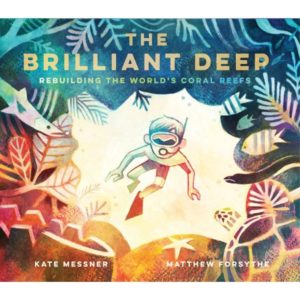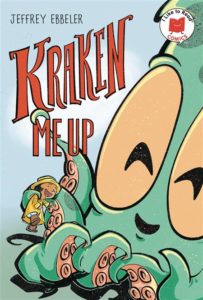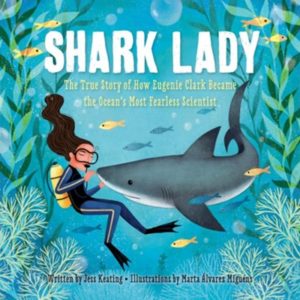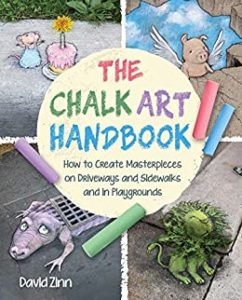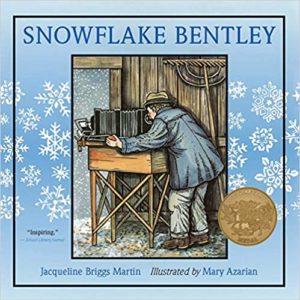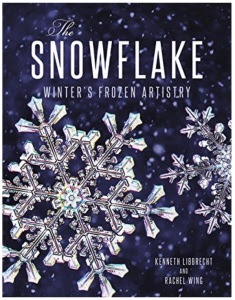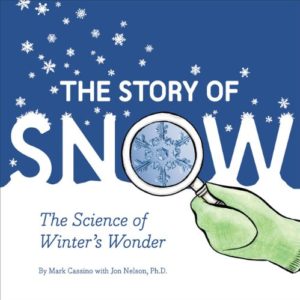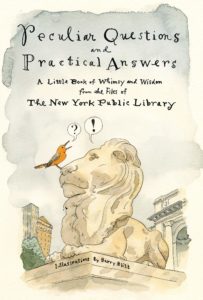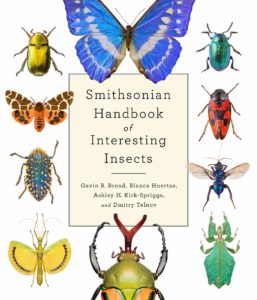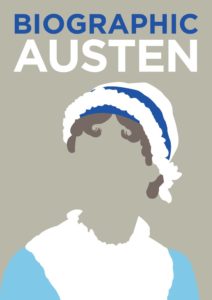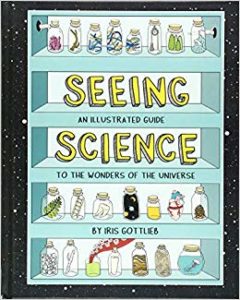The Last Animal by Ramona Ausubel
One year ago, author and paleobiologist Sal Drake died in a car crash on a winding mountain road in Italy. He left behind a wife – Jane – and two teenage daughters, Eve and Vera. Each of them has been struggling with this loss in her own way.
Vera, barely thirteen, longs for stability and a sense of home. She wants to keep the remains of her family as close as possible, ideally at home in California.
Eve, fifteen, also wants to stay in California. She wants a normal teenage life, full of rebellion and bad decisions.
Jane, who had spent her life as her husband’s research assistant and editor, is now pursuing her own graduate degree in paleobiology. Unfortunately for her daughters, that means spending their summer on a research trip in Siberia.
Jane’s professor is heading to the extreme North to study mammoth fossils. Their lab has been working with mammoth DNA, hoping to eventually edit the DNA of an elephant to give it mammoth-like qualities. They create and observe embryos of these “cold-adapted elephants,” hoping to one day grow a full-fledged almost-mammoth.
While avoiding the scientists, Eve and Vera discover the mummified remains of a baby woolly mammoth. They bring their prize back to the cabin, where their discovery quickly becomes the professor’s success – he will take the credit, in the same way that their mother’s work will be seen as an extension of his efforts.
Back in California, with their mummified mammoth safely preserved and being studied, Jane and her daughters find themselves invited to a celebratory banquet. There they meet Helen – a wealthy, enigmatic woman who understands the female condition that has led them to this place.
What starts as an offhand comment from Vera, leads to Jane and her daughters traveling to Helen’s home in Italy. With a stolen disc of mammoth embryos in a cooler.
Helen’s husband is a retired veterinarian, and their estate is home to hundreds of animals – including an adult female elephant. Against all odds, they successfully impregnate the elephant. Actually keeping a secret baby woolly mammoth alive comes with its own challenges.
And the more time the family stays with Helen and her husband, the less they are sure they can trust them.
THE LAST ANIMAL by Ramona Ausubel has the bones of a science fiction thriller – rogue scientist resurrects extinct animal with the help of wealthy people with too much time on their hands – but the heart of a domestic drama.
The struggles the three women are facing are very internal. Jane is trying to keep the baby mammoth alive, but what she is really struggling with is her own future. She is not sure she has the drive to keep working to be a scientist when she feels so worn down by the loss of her husband.
Vera and Eve are both desperate for their mother’s love. They feel set adrift in their own grief, which they express in very different ways. Both sisters feel that their mother has abandoned them for this new creature that she has brought into the world.
Pearl, the baby mammoth, is a creature out of time. No one knows how to care for her; her elephant mother rejects her and has to be removed. She longs for a world that no longer exists.
Ausubel’s lyrical prose accentuates the depth of all this grief, while her quick pacing keeps the plot moving forward. THE LAST ANIMAL is a globe-spanning, high-stakes story with a deep heart.
Book review by Alyssa Berry, Technical Services Librarian

